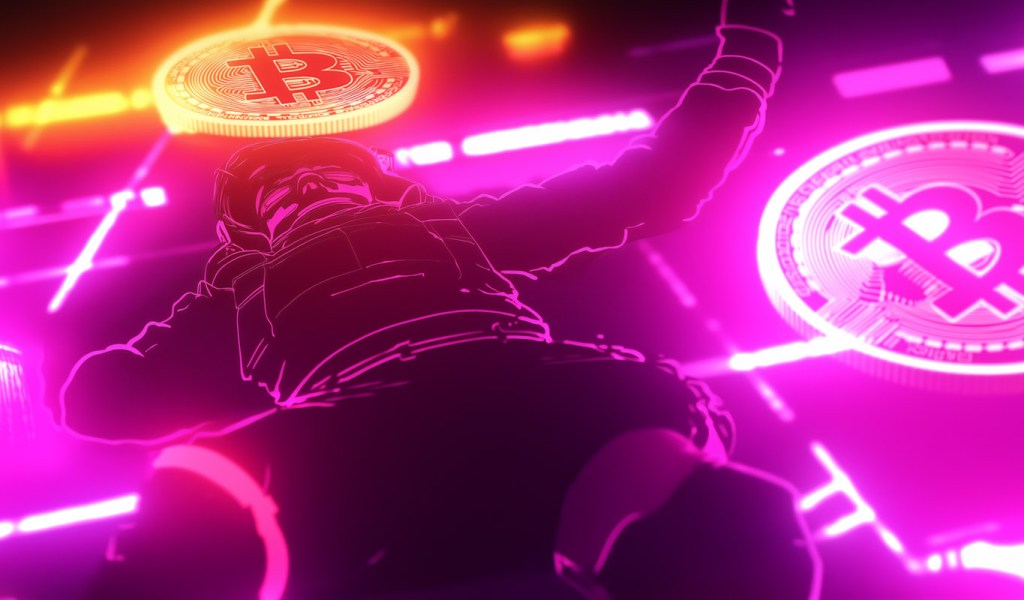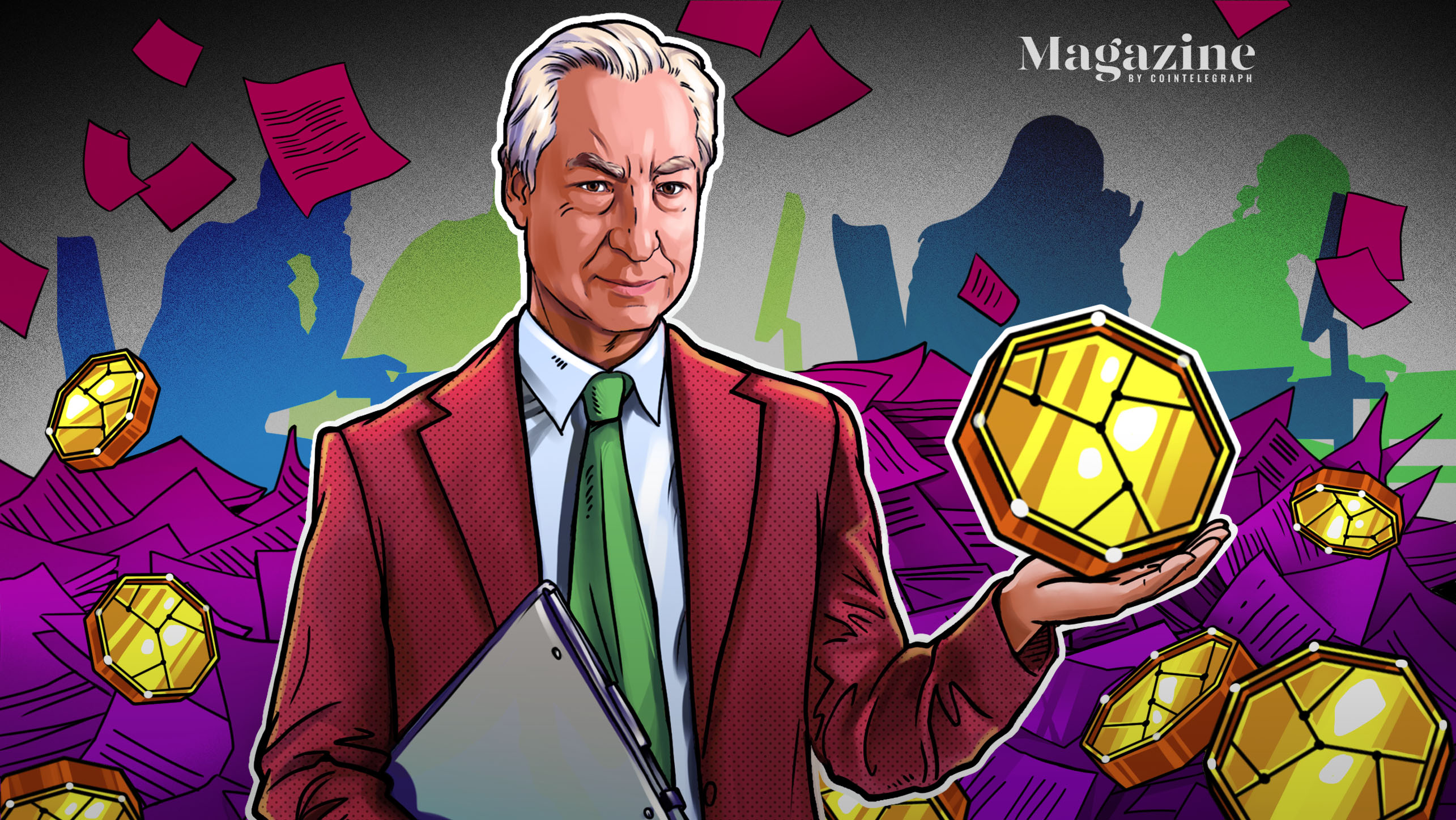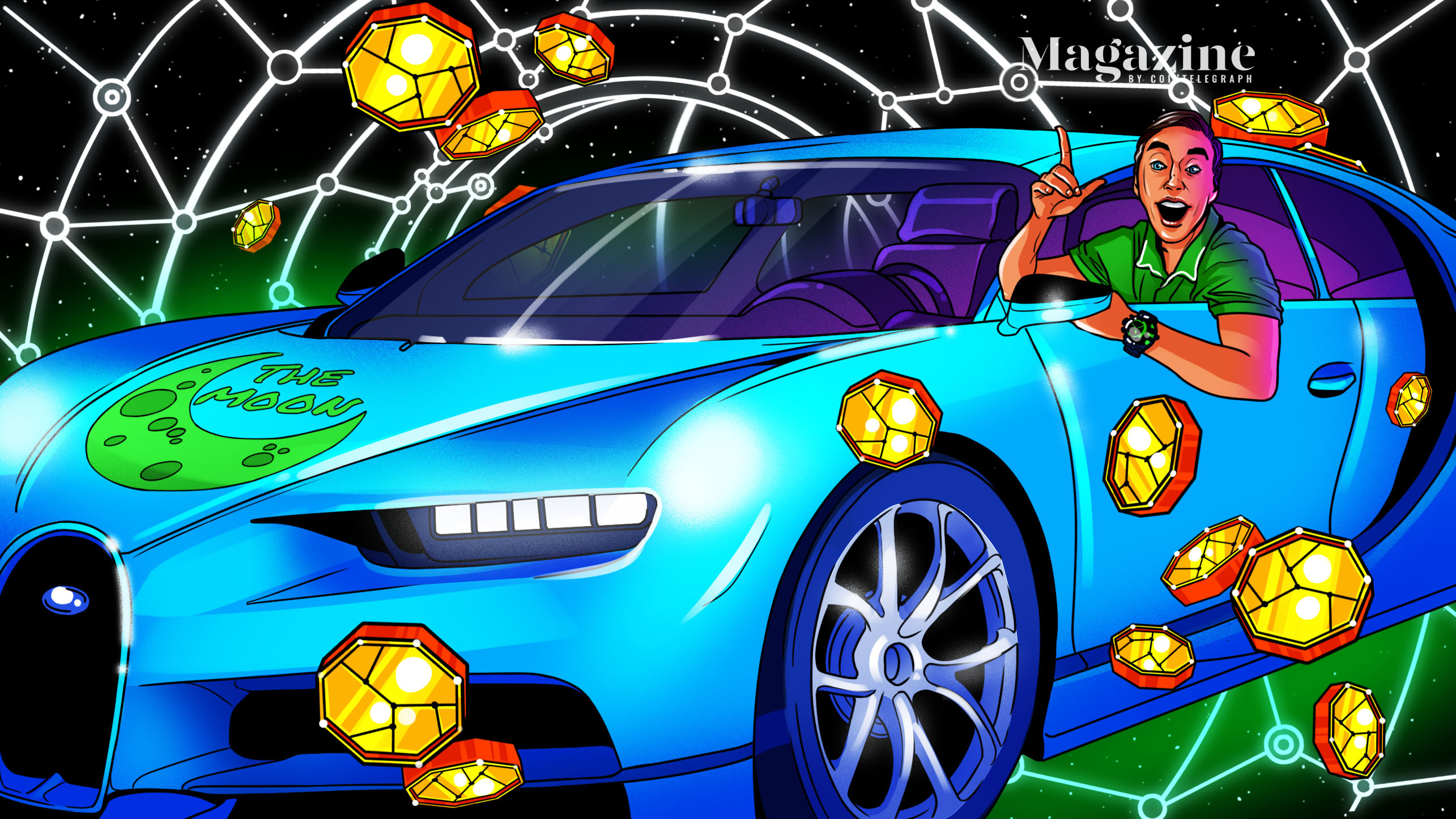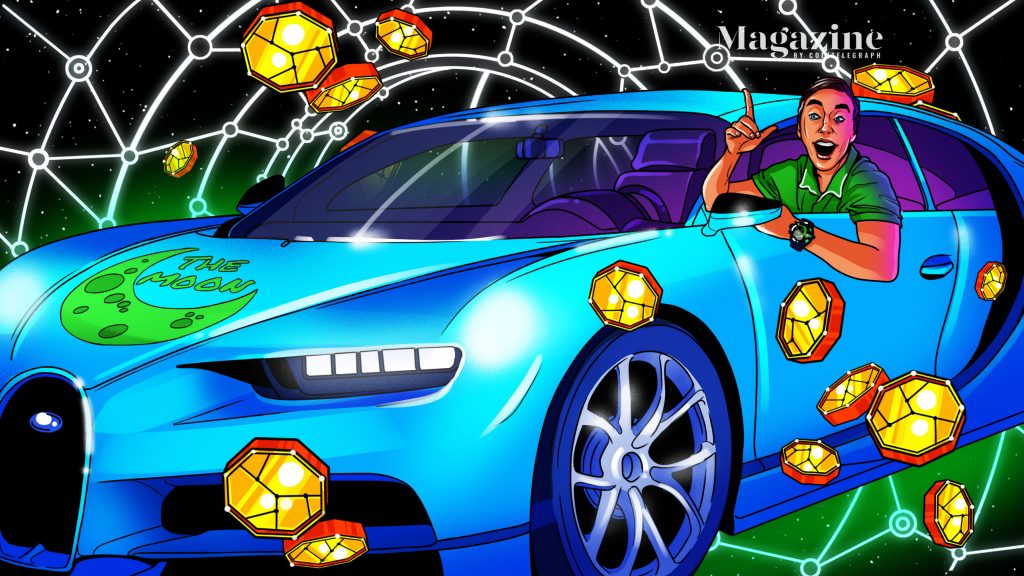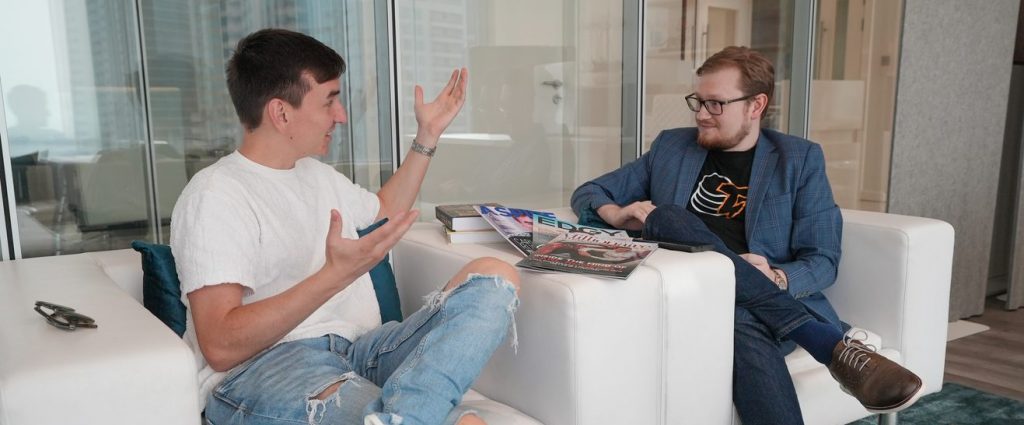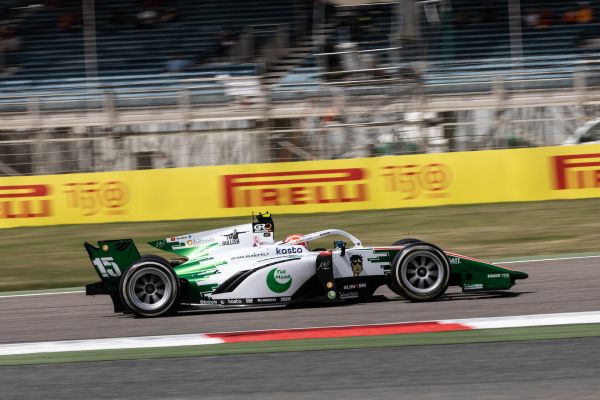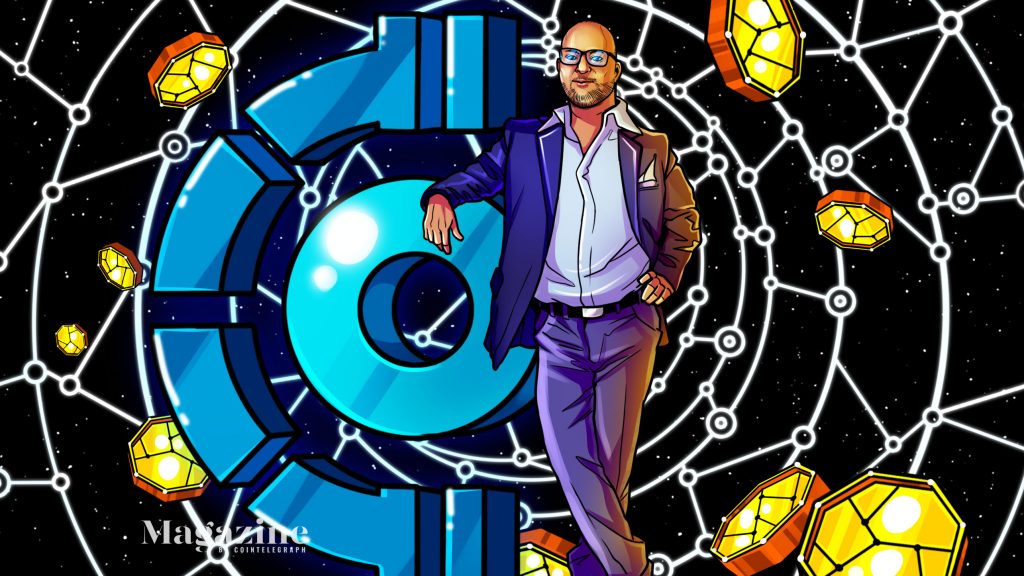
We ask the buidlers in the blockchain and cryptocurrency sector for their thoughts on the industry… and throw in a few random zingers to keep them on their toes!
This week, our 6 Questions go to Andrew Levine, CEO of Koinos Group, which is focused on accelerating the transition to a more decentralized future by helping entrepreneurial developers, entrepreneurs and enterprises build disruptive blockchain-based solutions.
Andrew leads a team of industry veterans accelerating decentralization through accessible blockchain technology. Their foundational product is Koinos, a feeless blockchain with infinite upgradeability and a proof-of-burn consensus.
1 What kind of consolidation do you expect to see in the crypto industry in 2022?
There are too many general-purpose blockchains that are effectively competing with Ethereum (and one another) in a race to the bottom on fees. Only so many of them can survive.
2 If the world is getting a new currency, will it be led by CBDCs, a permissionless blockchain like Bitcoin, or a permissioned chain such as Diem?
CBDCs, in the eyes of many, will combine the best of both worlds: the internet-nativeness of cryptocurrencies and the confidence of state-backed assets (and their military might). If the world is going to get one currency, then the odds are it will be a state-backed currency (a CBDC). If the world is going to get many currencies, then people will have many options on the spectrum between permissionless and permissioned.
3 Do you subscribe to the idea of Bitcoin as a means of payment, as a store-of-value, as both… or as neither?
I do not. It is the on-ramp into the crypto economy as a result of its age and the depth of its markets, and it is the flight-to-safety asset people use when they lose confidence in more speculative crypto assets.
4 Does it matter if we ever figure out who Satoshi really is or was? Why, or why not?
It doesnt. Hes just some human who assembled a bunch of existing ideas into an innovative solution.
5 Do you think governments will try and kill crypto?
No. Theres too much tax revenue potential.
6 If you didnt need sleep, what would you do with the extra time?
Id spend more time with my child.
A wish for the young, ambitious blockchain community:
Focus on creating real value.
